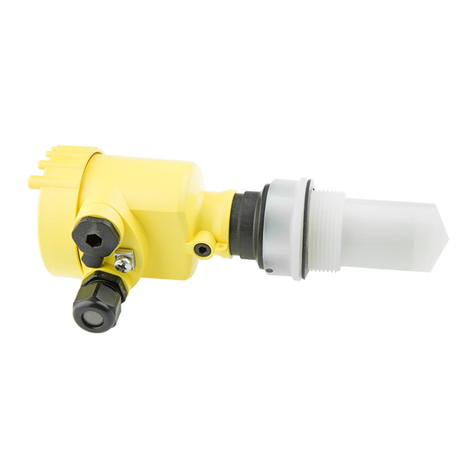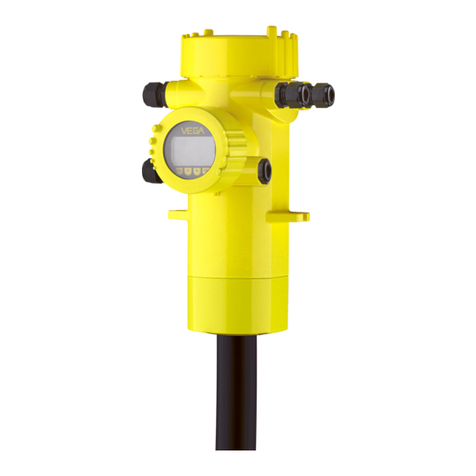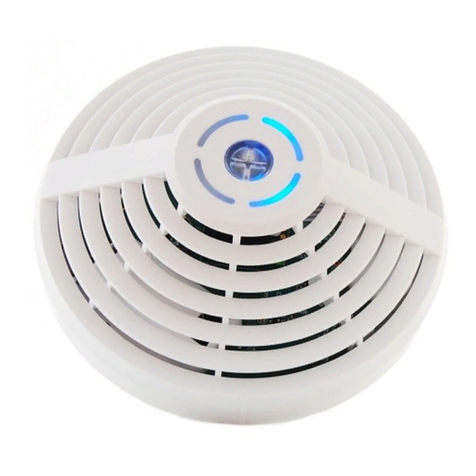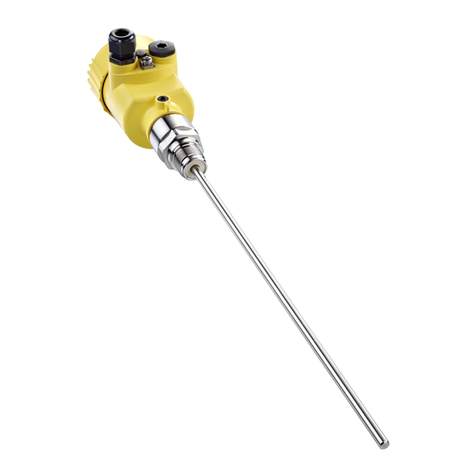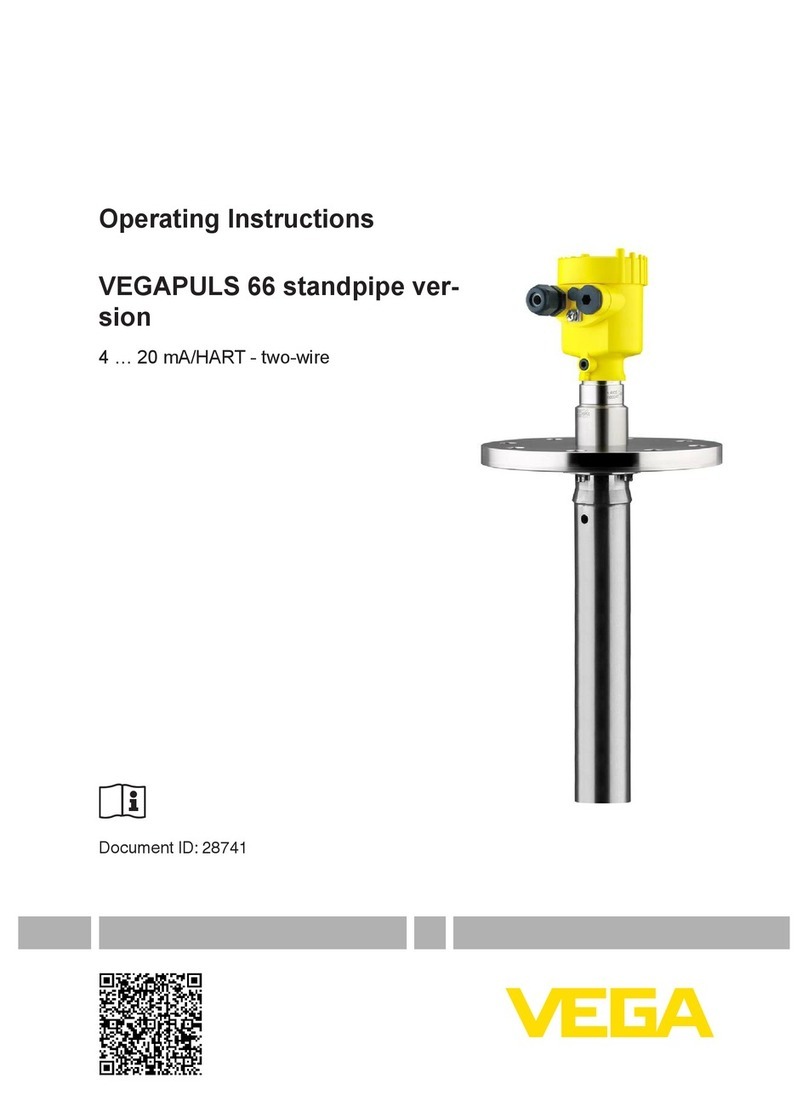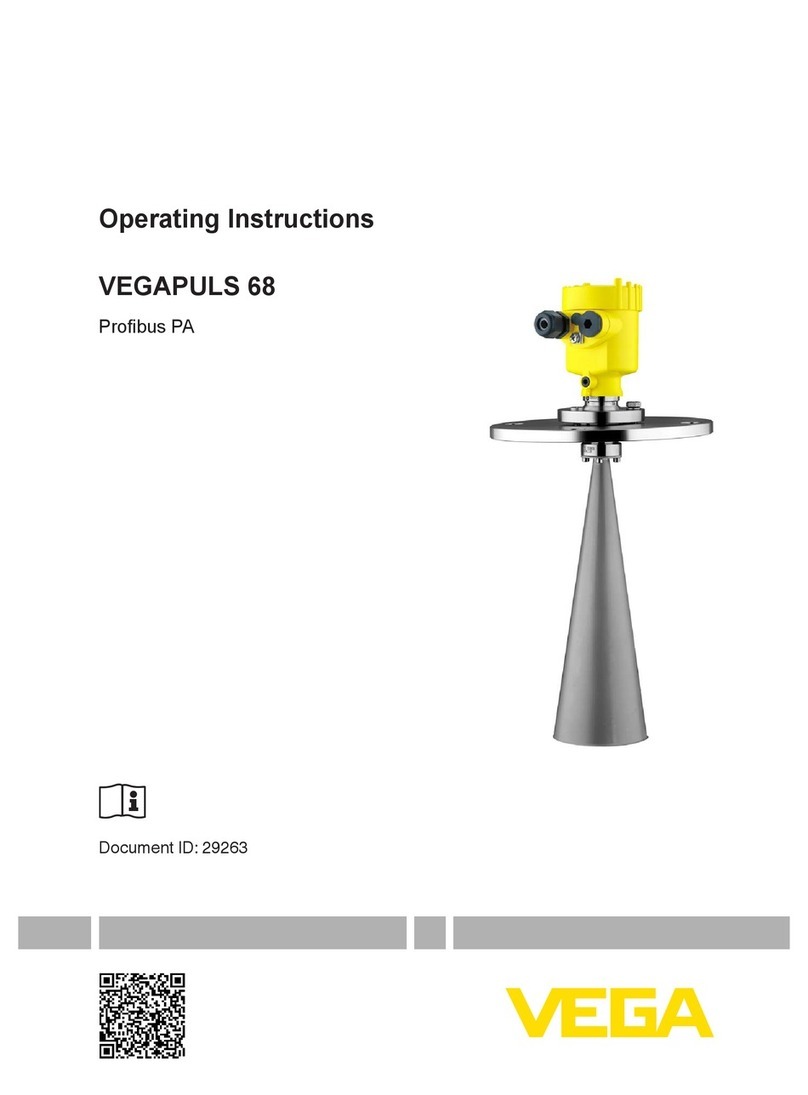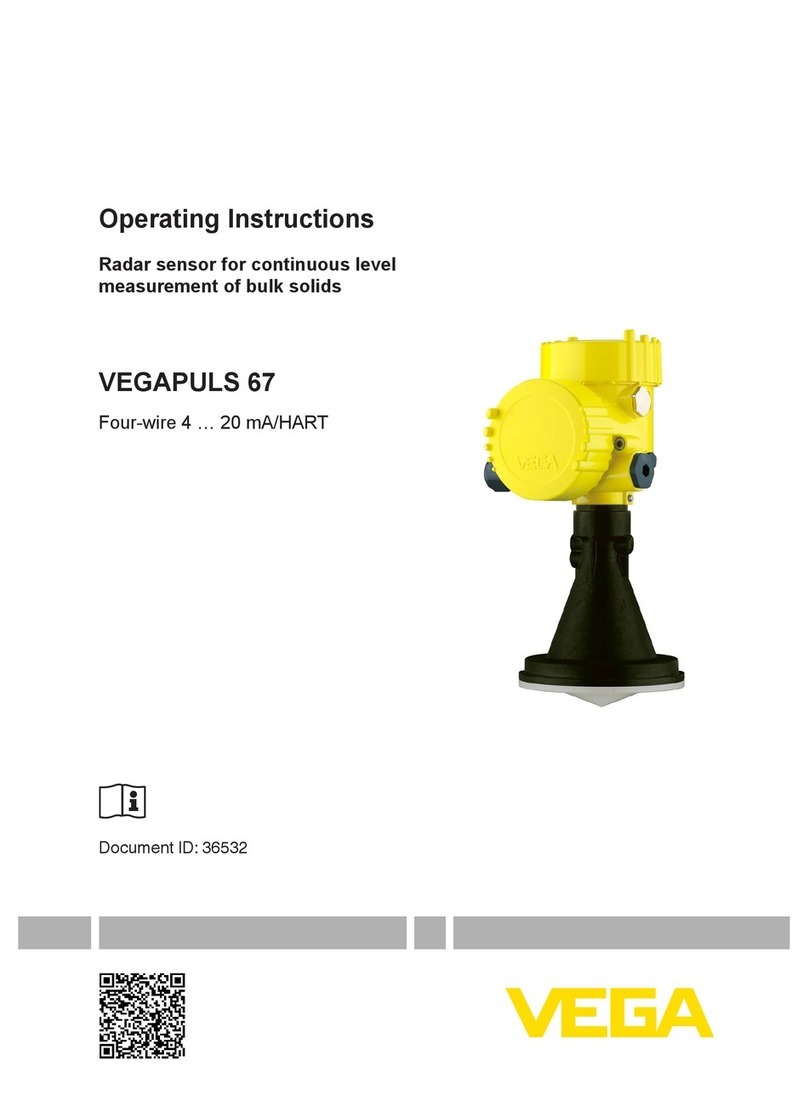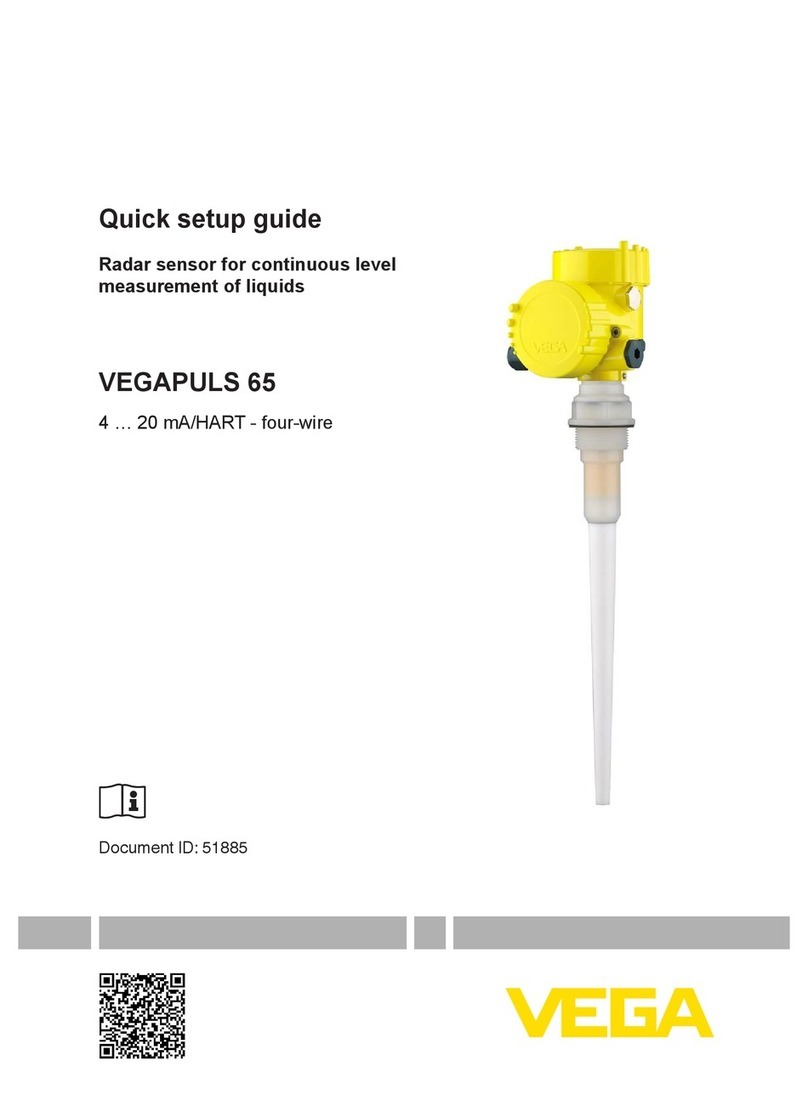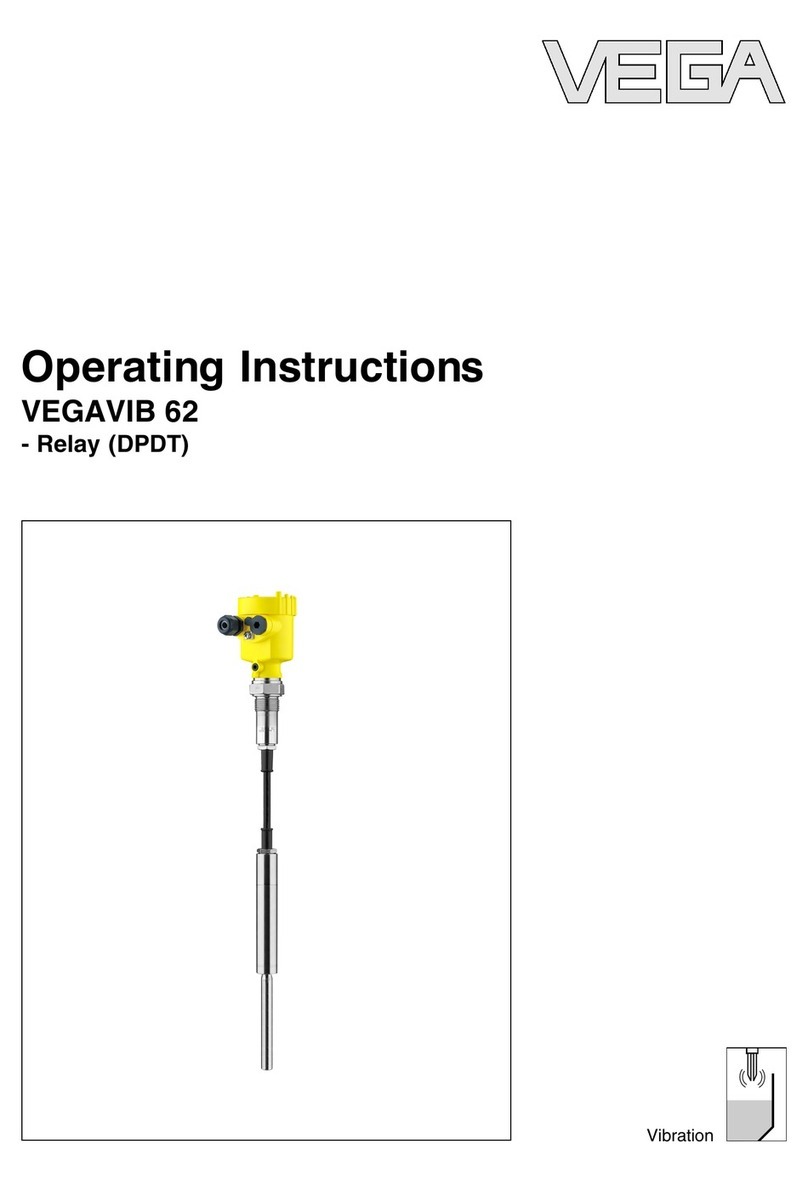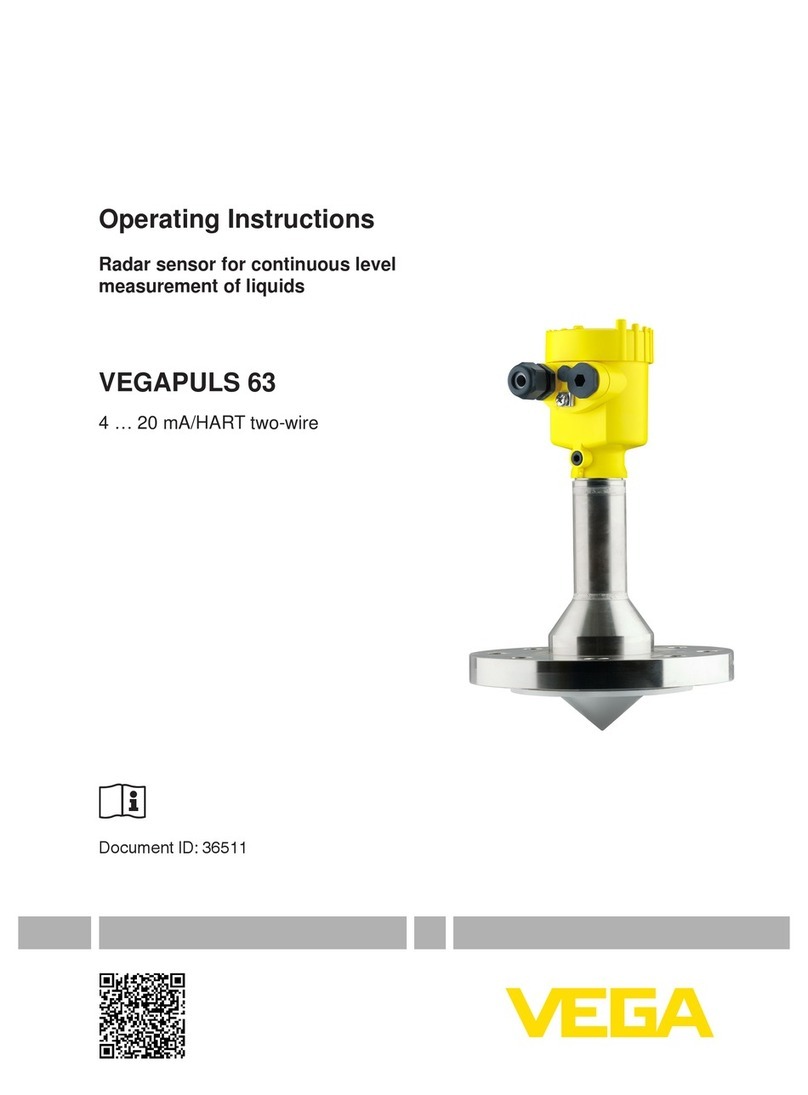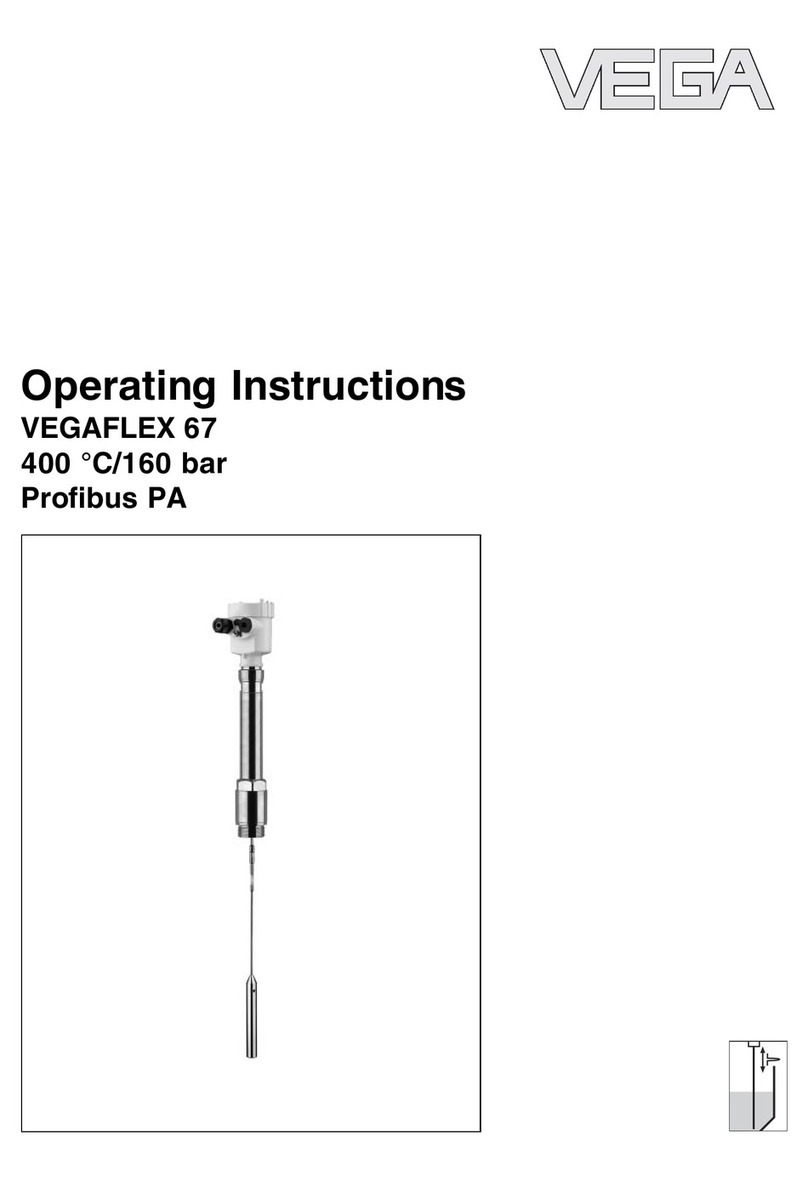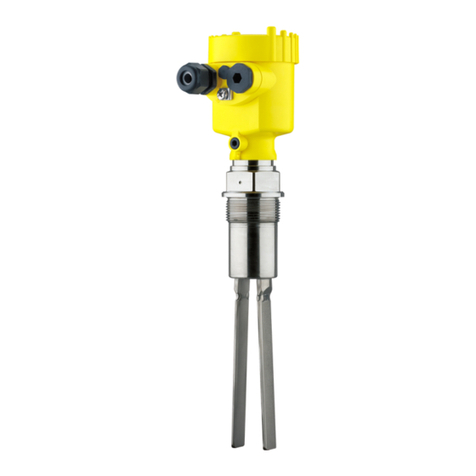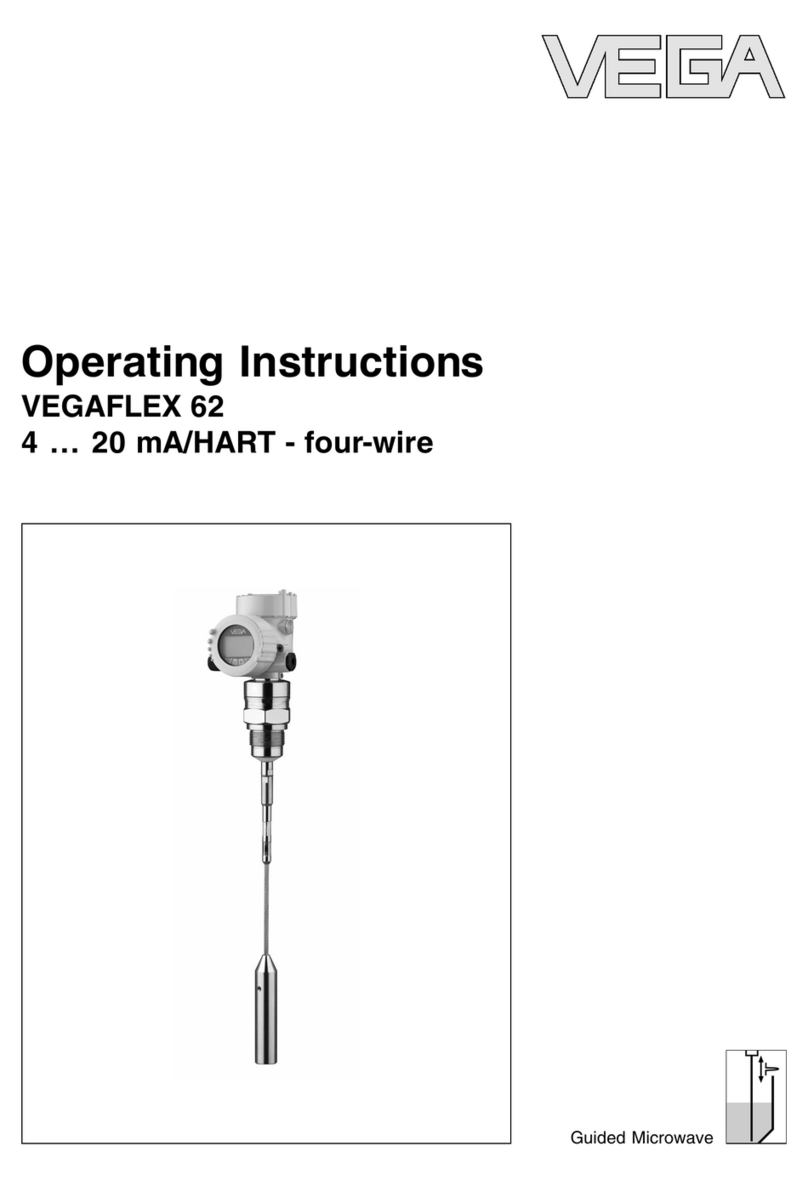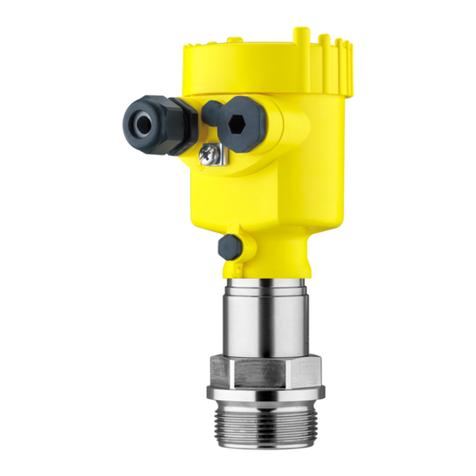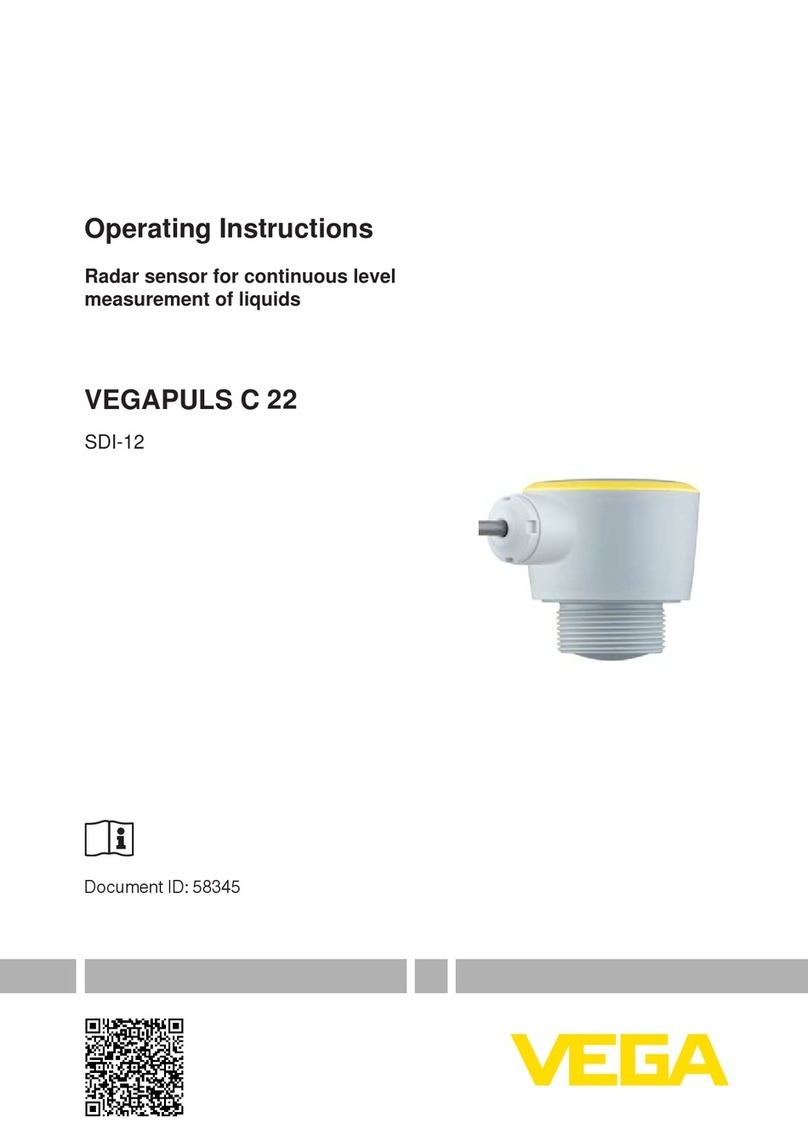
2
Contents
SOLITRAC 31 • Probus PA
43834-EN-211203
Contents
1 About this document ............................................................................................................... 4
1.1 Function ........................................................................................................................... 4
1.2 Target group ..................................................................................................................... 4
1.3 Symbols used................................................................................................................... 4
2 For your safety ......................................................................................................................... 5
2.1 Authorised personnel ....................................................................................................... 5
2.2 Appropriate use................................................................................................................ 5
2.3 Warning about incorrect use............................................................................................. 5
2.4 General safety instructions............................................................................................... 5
2.5 EU conformity................................................................................................................... 6
2.6 NAMUR recommendations .............................................................................................. 6
2.7 Installation and operation in the USA and Canada ........................................................... 6
2.8 Environmental instructions ............................................................................................... 6
3 Product description ................................................................................................................. 7
3.1 Conguration.................................................................................................................... 7
3.2 Principle of operation........................................................................................................ 8
3.3 Packaging, transport and storage..................................................................................... 8
3.4 Accessories...................................................................................................................... 9
3.5 Corresponding source container .................................................................................... 11
4 Mounting................................................................................................................................. 13
4.1 General instructions ....................................................................................................... 13
4.2 Mounting instructions ..................................................................................................... 14
5 Connecting to power supply................................................................................................. 18
5.1 Preparing the connection ............................................................................................... 18
5.2 Connection - Level measurement................................................................................... 21
5.3 Connection - Level detection.......................................................................................... 23
5.4 Connection - Summation................................................................................................ 25
5.5 Set instrument address .................................................................................................. 27
6 Set up with the display and adjustment module ................................................................ 28
6.1 Insert display and adjustment module............................................................................ 28
6.2 Adjustment system......................................................................................................... 29
6.3 Parameter adjustment - Level measurement .................................................................. 30
6.4 Parameter adjustment - Summation Secondary............................................................. 42
6.5 Parameter adjustment - Point level detection.................................................................. 48
6.6 Saving the parameterisation data................................................................................... 59
7 Setup with PACTware............................................................................................................. 61
7.1 Connect the PC.............................................................................................................. 61
7.2 Parameter adjustment with PACTware............................................................................ 61
7.3 Saving the parameterisation data................................................................................... 62
8 Set up with other systems .................................................................................................... 63
8.1 DD adjustment programs ............................................................................................... 63
9 Diagnostics and servicing .................................................................................................... 64
9.1 Maintenance .................................................................................................................. 64
9.2 Status messages............................................................................................................ 64
9.3 Rectify faults................................................................................................................... 67
